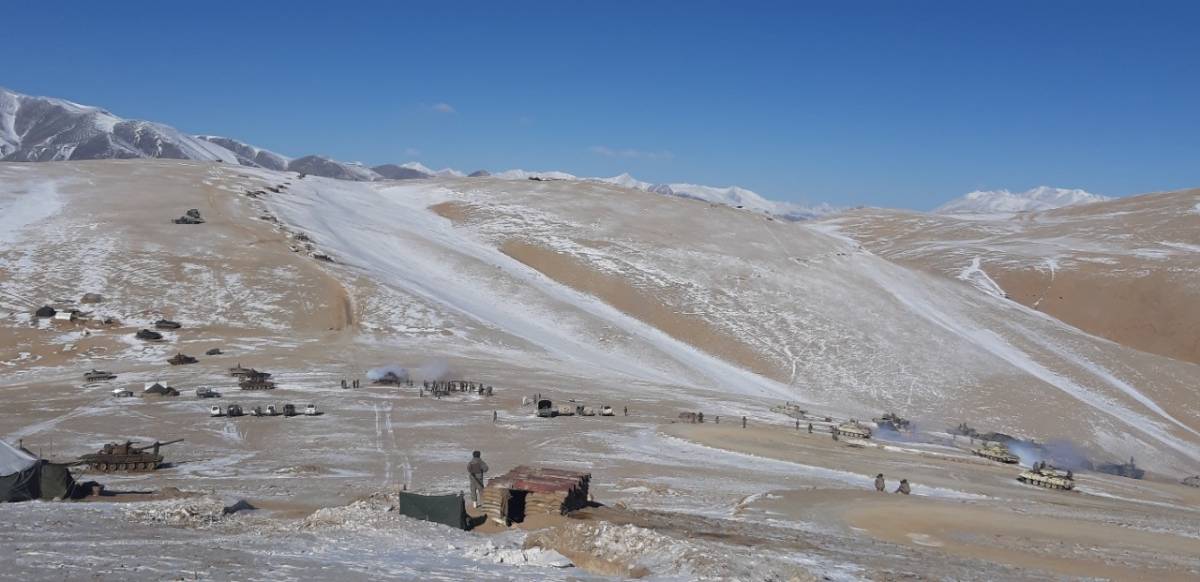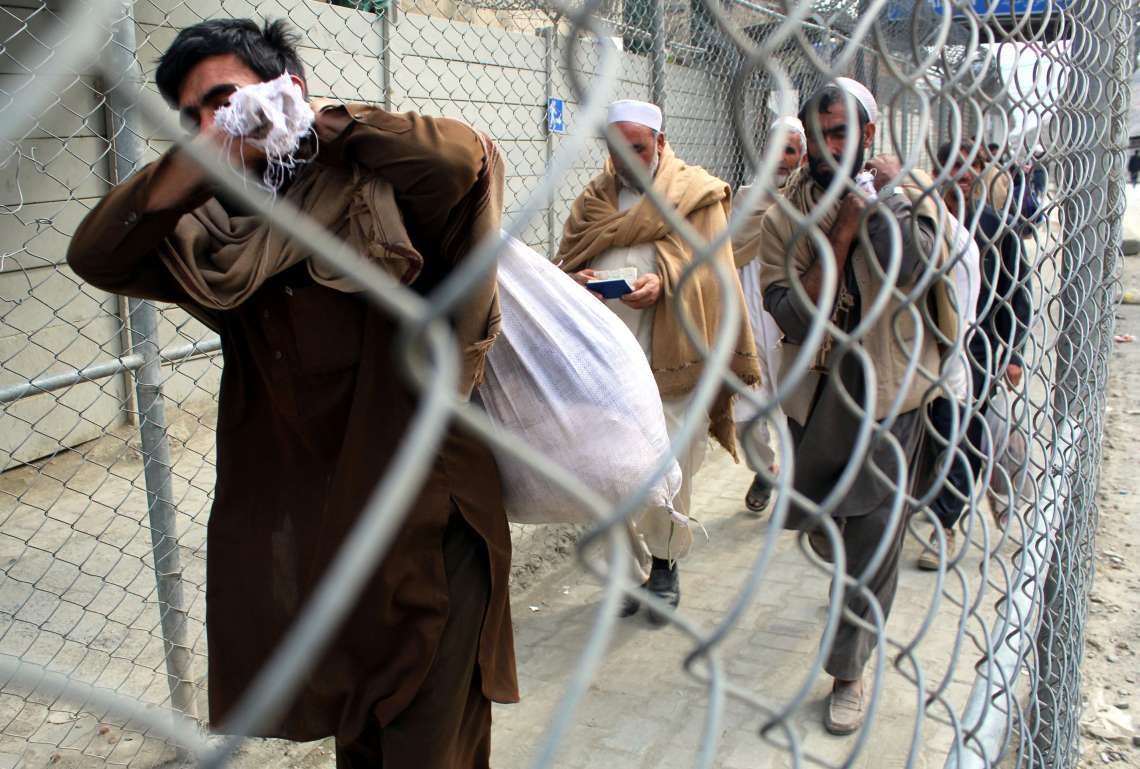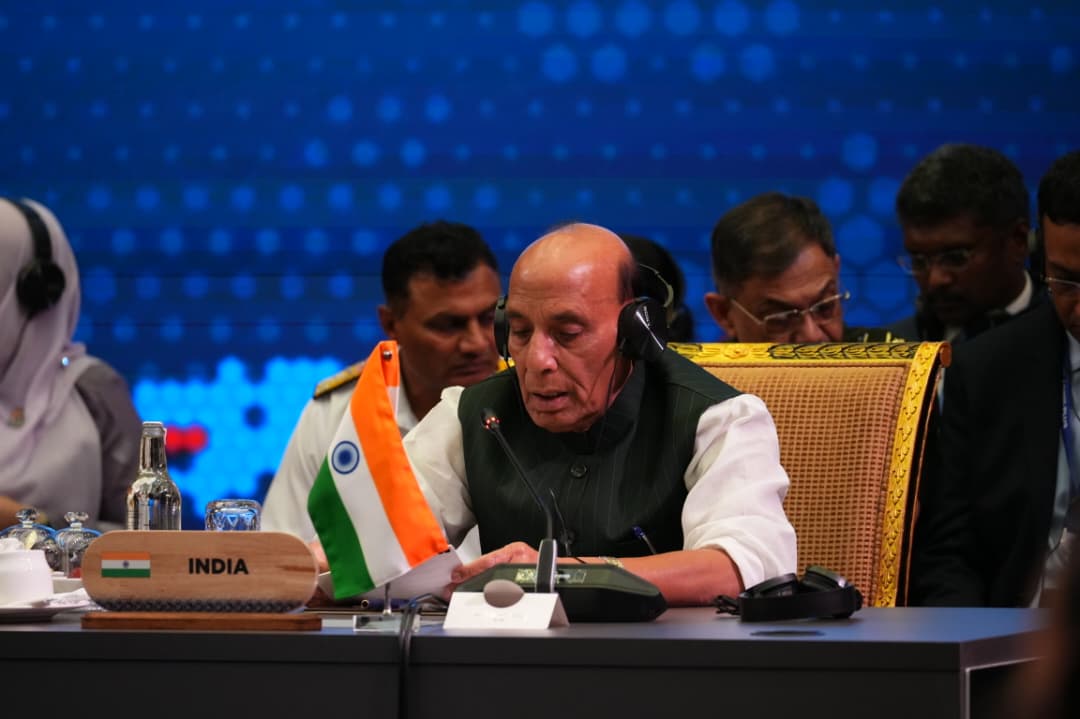China has gone a step ahead and developed military infrastructure and roads in the disputed region, presenting a clear and present danger to India…reports Asian Lite News
China has invested in the construction of military infrastructure in the Shaksgam Valley which could, in the medium term, pose a military threat to Indian forces in Ladakh, Pardafas reported.
In the last several years, China has kept up military pressure on India, through its incursions across the Line of Actual Control (LAC). While this fact has been recognized by the international community, a recent study by Northwestern University shows that China’s incursions are strategically planned with the objective of making a permanent Chinese presence in these areas, Pardafas reported. Border transgressions and incursions are well documented in all three sectors of the 3,488 km long border that India officially shares with China. However, far more sinister military aggression has been underway in Pakistan-Occupied Jammu and Kashmir (PoK), Pardafas reported.
Epardafas.com is a Nepal-based online magazine.
The reference here is to the construction of military infrastructure and roads by China in the Shaksgam Valley, a trans-Karakoram tract ceded by Pakistan under the terms of the 1963 Boundary Agreement, Pardafas reported.
China’s traditional aggression across the LAC in fact diverts India’s attention from China’s illegal land grab in PoK, this is a strategic reality to be faced with in the medium future.
The China-Pakistan concert on the boundary in the Karakoram area of PoK (covering a distance of over 590 km) violates India’s traditional and legal rights in PoK. China has gone a step ahead and developed military infrastructure and roads in the disputed region, presenting a clear and present danger to India, Pardafas reported.
Google Earth satellite imagery of September and October 2017, and earlier, suggest that the road construction started probably after the Doklam stand-off in the India-Bhutan-China tri-junction area, starting in mid-June 2017.
Chinese Border Defense personnel have also been observed patrolling the area along the newly constructed road in the Shaksgam region. At least two military posts are also visible now. Older satellite imagery of 24 October 2016 shows no roads or posts in this entire area of Shaksgam Valley.
Area maps clearly show that Rimo Glacier, Teram Shehr Glacier and the Siachen Glacier are located within the Indian Union territory of Ladakh. The adjoining areas of these glaciers are the PLA-dominated territories like Shaksgam Valley and Yarkand Valley in the north and PoK in the west.
The satellite image from 2018 shows that this new road is linked to two Chinese military posts outside the Shaksgam Valley. One of the posts is the headquarters of the PLA unit operating in the area. These two posts have a dugout fighting trench overlooking the river, and a training area in the rear.
There are also at least two military posts seen in the Shaksgam Valley. One of them has double wire fencing as well as a double bund around it, with the wire fencing extending right up to the river, Pardafas reported.
The first post is at the northern end of the Shaksgam Valley and the second is 20 km to the south, along the new road. The base structure for a third post is apparently being prepared about 1.5 km southeast of the second post along the new road.
Earth-moving and road construction equipment are observed very close to this third post. By early 2019, the Indian media reported that the length of the road constructed in Shaksgam Valley had reached 70 km.
Recent reports indicate that China and Pakistan are planning another road through the Shaksgam Valley. Reports surfaced in January 2022 about the plans to construct a road connecting Yarkand in Sinkiang to Muzaffarabad in PoK through the Shaksgam Valley.
Pakistan media had earlier reported that the Gilgit-Baltistan’s Works Department, through a letter on 8 January 2021, was asked to prepare the ‘concept clearance proposal’ for the new route of CPEC, for “Construction of 33 feet wide truckable road from Yarkand (China border) to Gorikot in Astor via Shagarthang, Skardu” at the earliest, Pardafas reported.
This new route would be around 350km shorter than the existing land route between Pakistan and China.
The opening of a possible new front by Beijing in the western Himalayas follows the confrontation between Indian and Chinese forces further east on the border in Doklam (Bhutan) and Tuting (Arunachal Pradesh) in 2017.
These new posts and the new road in the Shaksgam Valley open up an additional route for Chinese troops along the LAC. The alignment of the new road is along the northern edge of the Shaksgam River, Pardafas reported.
Although Chinese activity in the Shaksgam Valley is not a direct military threat yet to Indian troops holding the Siachen Glacier, the highest battlefield in the world, the People’s Liberation Army’s actions could be considered “provocative”.
The PLA has a history of aggressive transgressions into what the Indian Army calls sub-sector north and has consistently blocked their patrols in Depsang Bulge, south of DBO with massive brigade-level deployments at Tein Wein Dein (TWD) across the LAC.
Opposite this sector, PLA troops from the Xinjiang Military District have carried out high-altitude live-fire assault ammunition training and military exercises in the Karakoram mountains at regular intervals. Satellite images also showed that Xinjiang’s Malan airbase is hosting an unmanned aerial vehicle (UAV) base, Pardafas reported.
There is thus a clear and present danger posed by China in collusion with Pakistan to India’s national security. This has taken the form of diplomatic connivance in the signing of the 1963 border agreement which has prevented India from asserting its territorial rights up to Afghanistan. (ANI)














